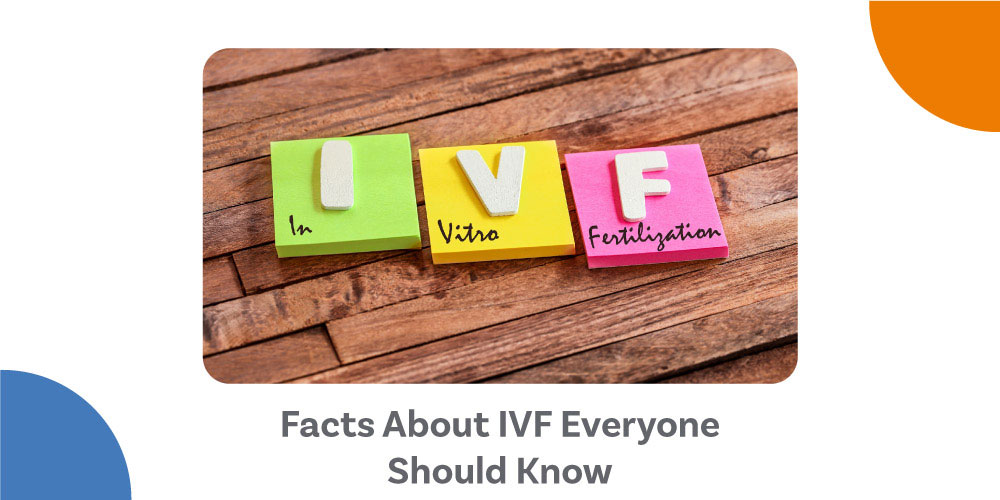
Making room for Menstruators
It’s no news that a woman’s bleeding uterus, despite being a universal concept, continues to be taboo.
Express News Service
It’s no news that a woman’s bleeding uterus, despite being a universal concept, continues to be taboo. There’s no dearth of euphemism for its many, many phases. Between andha moonru naatkal (those three days) and ‘stomach pain’, I’m sure you’ve heard some version of ‘women’s problem’.
In a world that is now more informed of the concept of gender fluidity and growing to be more accepting of nonconformational identities, perhaps it’s time we looked at menstruation beyond the construct of the binary. While including trans individuals, intersex and non-binary people in the conversation around menstruation has progressed much further in the West, we’re just about getting started. Kicking off this discourse is Boondh Social Foundation, partnering with Schbang For Good, with its #UngenderMenstruation campaign in honour of Menstrual Hygiene Day.
The social media campaign put new faces to menstruation awareness, shedding light on the fact that not all who bleed are women and not all women bleed. Elaborating on the idea, Boondh’s co-founder Sonal Jain says that it’s gender inclusivity they look at when they check if the narrative around menstrual health has been all accommodative. “There are people across the spectrum who menstruate. Even in our team, of the six people, three of us are trans or non-binary. So, it also helps us look at menstruation from our personal narratives,” Sonal elaborates.
Parity in pain
That’s why you’ll find that Sonal themselves have modelled for the campaign. Posing in blood-stained white pants, you have them, a non-binary person, saying “Menstruation is a function of the body, femininity is not.” While the campaign sought to get people to let go of this preconceived notion, it wasn’t easy for the campaigners themselves, it seems. Daman, a transman and menstruator, who had participated in the project talks about how he had to go through some unlearning himself.
“Even I learnt the term menstruators recently. Even until a couple of years ago, I had normalised it myself. I remember I associated periods with femininity. Because I identify as a transman, I would never buy pads for myself; I’d always ask someone else to do it for me. So, I was excited to do this campaign,” he explains. Daman’s campaign card reads “Pain doesn’t have a gender, so why should menstruation.”
Elaborating on this theory is Krishna, another transman, who took up this opportunity to discuss the exclusion that comes with menstruating as a man. “Like every other menstruator, I endure the cramps, the PMS, exhaustion and numerous other symptoms. The only difference is I do this while being 1. Removed from the menstruation narrative because I am a man, 2. Being misgendered and associated with womanhood just because I’m a menstruator. Menstruation is a trans issue as much as it is an issue for cis women,” reads his testimony. His poster has him clutching a wad of bloodstained tissue paper and saying, “The blood flowing out of my body every month does not make me any less of a man.”
Taboo within a taboo
But, in a world that has barely begun to treat people on the spectrum with respect and dignity, sticking to these convictions is never made easy in everyday life. “There are many underlying issues that are not spoken about in mainstream society and this is definitely one of them. It is still not spoken about even for cis women themselves; it is still considered taboo for the gender that it is expected of.
To bring this (gender inclusivity) into the mix is always something I’m worried about. But it is the truth; I have to put myself out there in the narrative,” says Krishna, a college student who has struggled with dysphoria, besides the many discomforts brought on by menstruation. Clarifying that not all transmen experience dysphoria, he says that he has been unfortunate enough to have his dysphoria manifest physically too, month after month.
If you are a menstruator who doesn’t look stereotypically feminine, another area of life that becomes a minefield of discomfort and trauma is the visit to the doctor, especially a gynaecologist. While it is almost never something to look forward to even for cis women, it is an aspect of life that is meticulously avoided when you know there’s misgendering, insensitivity and downright disrespect awaiting you besides the usual pitfalls. Daman has never been to a gynaecologist; Krishna ends up neglecting any issue to do with the general vaginal area.
The dreaded visit
Dr Arockia Virgin Fernando, an infertility specialist, gynaecologist and obstetrician, who consults on Practo, admits how rare it is for them to encounter people on the spectrum seeking medical advice, particularly for issues around menstruation. “I’ve been in government and private set-ups but I’ve never handled transmen or non-binary people coming to me with their menstrual problems.
Transmen may reach out to other physicians or urologists or plastic surgeons. But, they think only women are meant to visit gynaecologists. There have been one or two patients who have consulted me about stopping their menstruation. But, they won’t mention the reason for it, though we will be able to find out during our conversation,” she explains. While this avoidance has become common practice, it can be very risky when patients only reach out when things get very bad, she cautions.
Where it counts
This is why, better language and care, particularly in these areas of speciality, will go a long way in making menstruation inclusive and the care accessible to people on the spectrum, suggests Krishna. Well, Boondh was of the same idea. While this campaign may have been in th centre of public engagement, it all started with their Periods and Patrakaars toolkit aimed to facilitate responsible coverage/handling of menstruation by particular stakeholders media, health sector (including human and gender rights defenders), government (departments handling aspects of women’s welfare, sanitation, prison welfare, etc.) and caregivers. It hosts a detailed checklist that focuses on among other things inclusivity in terms of gender diversity, Dalit-Bahujan-Adivasi experiences and that of people with disabilities. One suggestion is the use of the word menstruators (or similar variations) instead of blanketly addressing only girls and women.
The campaign has received much positive feedback. But, not surprisingly, there was considerable backlash too. “We received hate comments, all the models (on the spectrum) were trolled; TERFs (trans-exclusionary radical feminists) and misogynists commenting terrible stuff. In terms of policy, we have a long way to go. When we look at integrating this in menstrual health management programming (MHM) across the country, it has to be translated to regional languages. Then, what is the word that comes close to menstruators right? There’s also the task of integrating it in the MHM guideline.
This should not only focus on hygiene but also health and be more inclusive. We’d like the MHM guidelines to include and reflect all the things mentioned in the Periods and Patrakaars toolkit, be it about citing credible data, or keeping the conversation user-centric and not product-centric,” says Sonal. This is going to be a huge effort, involving advocacy to several state government agencies (in every state) and sensitisation, particularly through including the gender spectrum in adolescent education, they add.
Back to basics
And it’s with these basic steps that we have to address the larger issue of parity, suggests Magdalene Jeyarathnam, director of Indian Institute of Psychodrama and director at East West – Center for Counselling. Especially given that conversations around menstruation do not generally happen in social settings; who is likely to announce that they got their period among peers at work, right? “Being inclusive has to start with the pronouns.
Whenever I enter any international space, in our meetings, they put their name and their preferred pronouns. So, I ask people in my sessions to go around introducing themselves the same way. Then, it’s very clear to people and that’s a simple, basic and really touching conversation we need. You can follow this in the workplace too,” she explains.
This becomes extremely relevant when it’s a person identifying as a man having been assigned female at birth. “Because when they are having their period is when they are very low; already they are struggling to assert their gender and they are coming from families where this is not accepted (they have preconceived notions of transgender people) and with this, everything is going against their way,” she says, drawing upon her sessions with transmen and women. It is in this vein that we should be looking at creating gender-neutral (and disability-friendly) restrooms, she says.
While we are nowhere near addressing several basic needs and concerns in the realm of menstruation and LGBTQIA+ rights, there’s no reason to go at it just one at a time, offers Sonal. As our understanding of these needs increases, it is important to fight all of them, they add. And this seems to be just the start of it.
As Boondh, a social enterprise working on menstruation advocacy and health, sets off the conversation about ‘ungendering’ menstruation, various stakeholders talk about the need to discuss gender diversity within the experience and the ultimate need to acknowledge and respect people on the spectrum.








